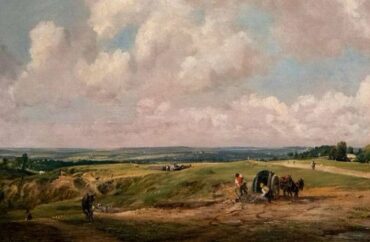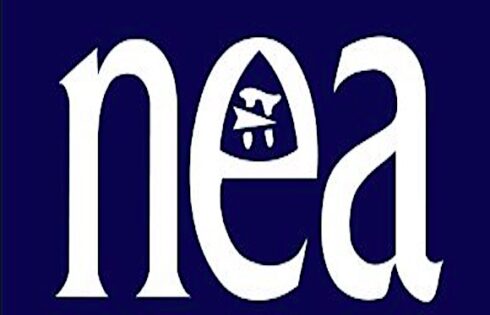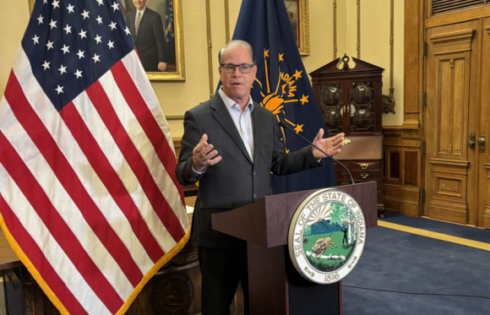
Imply ‘only those with a historical tie to the land have a right to belong’
A British museum owned by the University of Cambridge recently “overhauled” its displays with “new signage,” one of which states paintings of the British countryside can conjure up sinister “nationalist feelings.”
The Fitzwilliam Museum underwent a “refurbishment” over the last half-decade with “an emphasis on reflecting the ‘evolution of its collection,'” according to The Telegraph.
The museum reopened last week with galleries based on themes rather than chronology. A sign for the new “Nature” gallery reads:
Landscape paintings were also always entangled with national identity.
The countryside was seen as a direct link to the past, and therefore a true reflection of the essence of a nation.
Paintings showing rolling English hills or lush French fields reinforced loyalty and pride towards a homeland.
The work “Hampstead Heath” by John Constable (pictured) has more: The “dark side” of its alleged nationalism carries the “implication that only those with a historical tie to the land have a right to belong.”
According to the report, signage for such images comes not long after the group Wildlife and Countryside Link complained to legislators that the British countryside is viewed “as a ‘racist colonial’ white space.”
Fitzwilliam Director Luke Syson said signage for images like Constable’s “suggest some new ways of looking, without insisting on them.” He scoffed at the notion the museum was becoming “woke.”
MORE: British museum claims 3rd century Roman emperor was trans
“Being inclusive and representative shouldn’t be controversial; it should be enriching,” Syson said. “I would love to think that there’s a way of telling these larger, more inclusive histories that doesn’t feel as if it requires a pushback from those who try to suggest that any interest at all in work by women artists or artists of colour – or subject matter that takes us into the world of LBGT culture – is being ‘radical chic’ or what would now be called ‘woke.’”
A sign for the new Identity gallery informs visitors that portraits of uniformed and wealthy sitters “became vital tools in reinforcing the social order of a white ruling class, leaving very little room for representations of people of colour, the working classes or other marginalised people”.
It adds that “portraits were often entangled, in complex ways, with British imperialism and the institution of transatlantic slavery”.
Paintings in this space include Joseph Wright’s (1734-97) portrait of Richard FitzWilliam, who bequeathed £100,000 to fund what is now the Fitzwilliam Museum.
Labelling for the portrait points out that FitzWilliam’s wealth “came from his grandfather, Sir Matthew Decker, who had amassed it in part through the transatlantic trade of enslaved African people”.
The gallery also displays paintings intended to broaden representation with works by John Singer Sargent, the subject of “speculation he led a secret, queer life”, and works by artists in the Jewish diaspora, and a modern work by Joy Labinjo, the British-Nigerian artist.
Sharon Heal, director of the London-based Museums Association, noted last year her organization had “doubled down on […] efforts to support the wider sector to address the legacy of empire, including racism, in museums.”
Her group dedicated £20,000 (about $25,500) to anti-racism initiatives and made “decolonisation” a “central plank” of its Code of Ethics.
MORE: Museum collections ‘deeply entrenched’ in violence, colonialism, professor says
IMAGE: Alex Tabarrok/X
Like The College Fix on Facebook / Follow us on Twitter





Please join the conversation about our stories on Facebook, Twitter, Instagram, Reddit, MeWe, Rumble, Gab, Minds and Gettr.